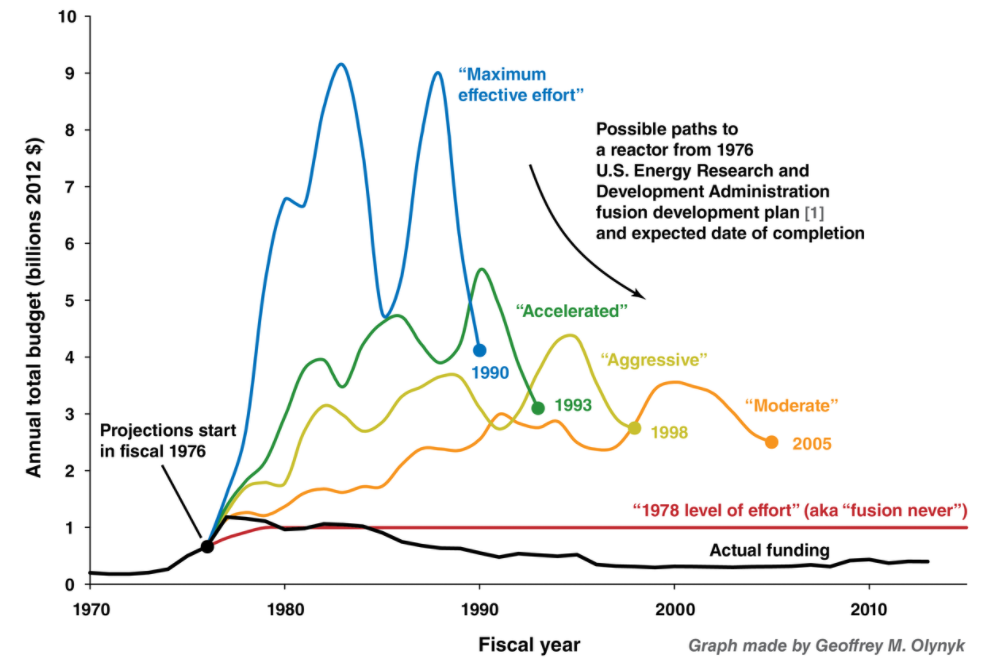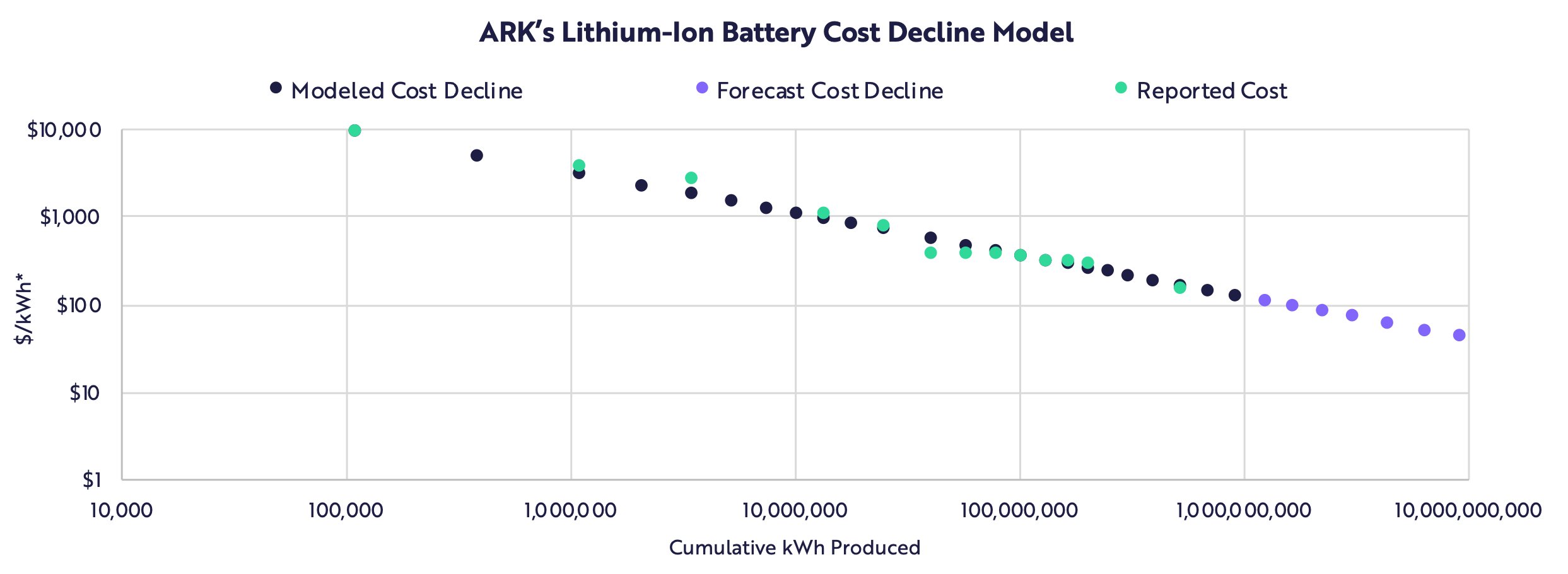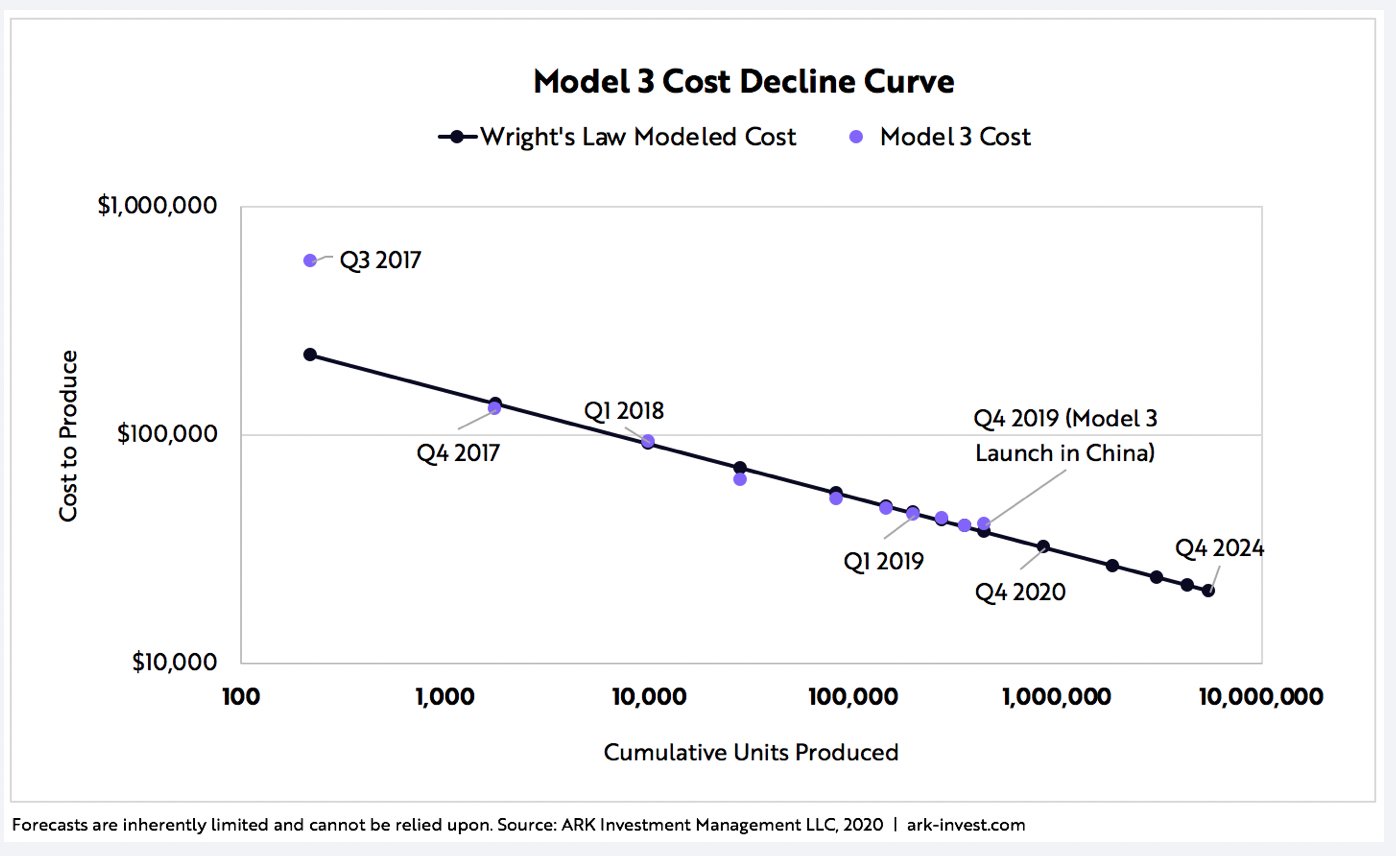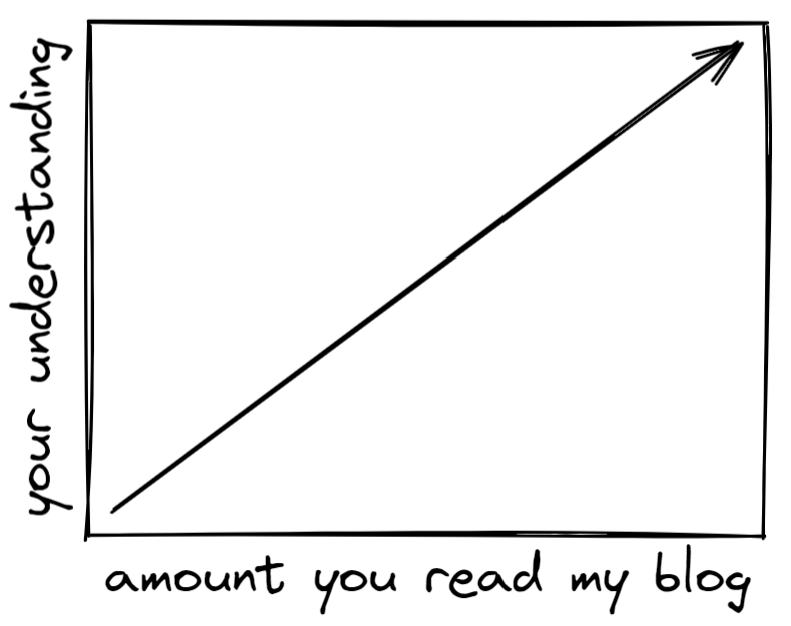top 6 mistakes of deep tech startups
=companies =startups
Here are some mistakes
I've seen multiple "deep
tech" startups make. Instead of just covering technical details, I'll
try to generalize to some broadly-useful points.
#1: not researching problems
Most ideas that people
have were proposed 50 years ago in some scientific papers. If an idea has
several papers on it but hasn't been pursued industrially, there are often
good reasons for that. Few people want to say "the line of research I
pursued is a dead end, give up" so the main problems for implementation are
often not mentioned in papers. This information might be hard to get. It
might be hidden in an obscure paper you missed. It might be known to a big
company who pursued that 20 years ago. Still, you have to try to either find
it or figure it out.
Here's an example. If
syngas could be fermented
to chemical products, the economics seem attractive. This has been proposed
for several decades, there are quite a few papers on this, and there are
some new startups trying to do that for more-renewable chemical production.
Those papers generally don't mention that H2 and CO have very low solubility
in water, which makes transfer from bubbles to solution too slow for this to
be economically feasible. (There are bacteria in cow stomachs that convert
hydrogen to things, but that hydrogen is both generated and used
homogeneously, with no transfer between bubbles and solution.)
If you need to know if there's some obscure problem, just asking professors won't usually work. Some options are:
- finding
"Challenges of X" review papers (if any exist) and being able to tell how
serious those problems are
- being an expert on that topic, checking many
published papers, and trying to read between the lines
- seeing if professors are joining (or interested in
joining) startups
- finding a former PhD student who studied that then
left that field
- finding a grumpy old man who worked for a related
company as an engineer for 40 years
- asking me
#2: inadequate cost analysis
Sometimes people estimate costs from one perspective, get results they like, and then stop there. For example, if you calculate the theoretical minimum energy cost for extracting lithium from seawater, and assume that net costs would be a few times that, that seems like a good business idea. A better approach is to find some other ways to estimate costs, and compare them. For example, the costs of processing seawater in reverse osmosis plants are fairly public information. If you consider costs from that perspective, lithium from seawater seems to be 1000x too expensive, rather than profitable. I think a big reason why many people don't do that is simply that they want the good numbers to be true, so they don't want to check them.
People develop expertise
around what they do, which means most people only understand costs in the
circumstances that they normally work on and think about. Sometimes they're only familiar
with costs in one situation, and wrongly assume that relative costs stay
similar when the situation changes.
Some things are
expensive on a small scale, but cheap on a large scale. Coal
and steel are cheap, but mining coal and making steel on an individual scale
is very expensive. Custom internal software tools are extensively used in
some large companies, but those are more expensive per employee for small
companies. Sometimes a startup founder worked at a large company, and wants
to do things the same way at their startup, but that's not always feasible.
Some things are cheap on a small scale but
expensive on a large scale. For example, palladium is $57000/kg, but
palladium-based catalysts are often used in chemistry labs, and aren't
particularly expensive compared to other chemicals. Catalysts never last
forever, so it's often hard to make money using palladium to make something
worth $1/kg.
The usual term for figuring out if a new idea is economically feasible is "techno-economic analysis". If you want to pursue some new idea from a paper, then see if that's been done already. You should also read a bunch of them until you understand how they're done and what good and bad ones look like.
#3: believing bad scientific papers
People writing scientific papers, grant authorizations, university PR
releases, and science magazines all have incentives to pretend that some new
ideas are useful and important. Usually this is limited to
p-hacking and
lies of omission, but some people go as far as
faking data.
In that linked case, some other researchers tried to replicate the bad
research, failed to get the same results, tried to publish that, and were
rejected from journals because negative results aren't interesting.
Researchers are also often reluctant to contradict someone more prestigious
than they are for political reasons.
Startup founders are usually optimistic. Investors are usually not
highly technical. Over and over, I've seen someone fresh out of college who
wants to solve some problem in the world, sees some papers describing a
putative solution, and decides they want to make a startup based on that
idea, but sometimes their proposal's foundation is made of bad statistics or
lies.
What can you do about this?
- Look for
papers replicating the data. One way to find them is to take your key paper,
find papers citing it, search within them for relevant terms, and look
within those results for people doing the same thing as a starting point. If
a paper seems important, isn't very new, isn't extremely obscure, and doesn't have any
replications or citations, there's probably a problem with it.
- Hire a
professor as a consultant, someone that could work on that but isn't and
doesn't have to care about academic politics much.
- Try to
check key results yourself as soon as you can, instead of just assuming you
have accurate information.
- Have contingency plans, partly because that
makes it psychologically easier to admit that there's a problem. (Don't tell
investors or journalists about them, because they'll think that means you
think your main plan won't work.)
- If you're an investor, figure out the
biggest risks and ask founders to make contingency plans for them, even if
the plan is just "give up".
#4: believing bad charts & numbers
Here's a graph that I've seen several times:

Every so often, people post that and say, "If only we'd spent $100B on fusion research,
we'd be using fusion power right now!" But no, that's just...some lines that
a guy drew in 1976, loosely based on an understanding of tokamaks now known
to be flawed. It's just lines.
Bad graphs using straight lines are an important
special case. Here are some examples from
ARK:


I've seen such graphs projecting Li-ion battery prices falling down to $15/kWh, which makes no physical sense, and battery prices are up in 2022 rather than down. As for Tesla, any new Tesla Model 3 is now >$48000, and you won't actually receive a car any time soon unless you get high-margin add-ons.
Well, I can draw straight lines in a box too.

As you can see, the line goes up and to the right. The implications are clear.
And yet, you need to use some numbers to make decisions. When the news and PR releases and scientific papers all lie to you, what can you do?
- Find
multiple charts and compare them.
- Look for data that shows underlying
details for different components.
- Know enough technical details that
you can tell when someone gets some of them wrong.
-
Look for
info that contradicts your view, not just info that confirms it.
- Consider incentives
for being right and wrong. If someone tells you wrong things about, say,
Iraq having a nuclear program, does that help or hurt their career?
#5: too many new things
There once was a startup that wanted to store energy by putting compressed air in composite tanks. I had the following conversation with someone there:
me: Composite
tanks are too expensive for this to be feasible.
them: We'll make cheaper
ones.
me: If you can make cheaper ones, then start by just selling those.
If doing one new thing would be a business, then don't add extra risks
to that before it's even validated.
To be fair, their investors
wanted to invest in grid energy storage, not gas tank manufacturing, and
expected them to generate intellectual property rather than profits. When a
company is doing something that seems silly, financiers often made that
decision for them. (So the investors should have done better technical
evaluation, right? No, they did relatively extensive due diligence by Top
People, while most venture capitalists don't want to look at technology
details at all, but those Top People made some of the above mistakes.)
#6: starting too far from viability
If a process is used
now, then even a small improvement is useful. If a process is 10x too
expensive now, then it needs to be improved more than 10x to maybe be
worthwhile, and even then, it will be harder to switch customers to
something new.
Does a 20x improvement in a technology happen
sometimes? Yes, but a smaller improvement is more likely, and some startup
founders don't consider the amount of improvement needed very much.
At the same time, processes currently used on a large scale have usually
been thoroughly investigated. So, if you're making a startup, all else being
equal, it's often best to pursue something that's almost economically
competitive.